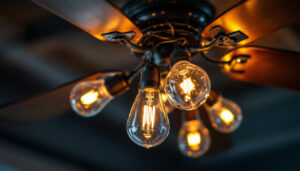
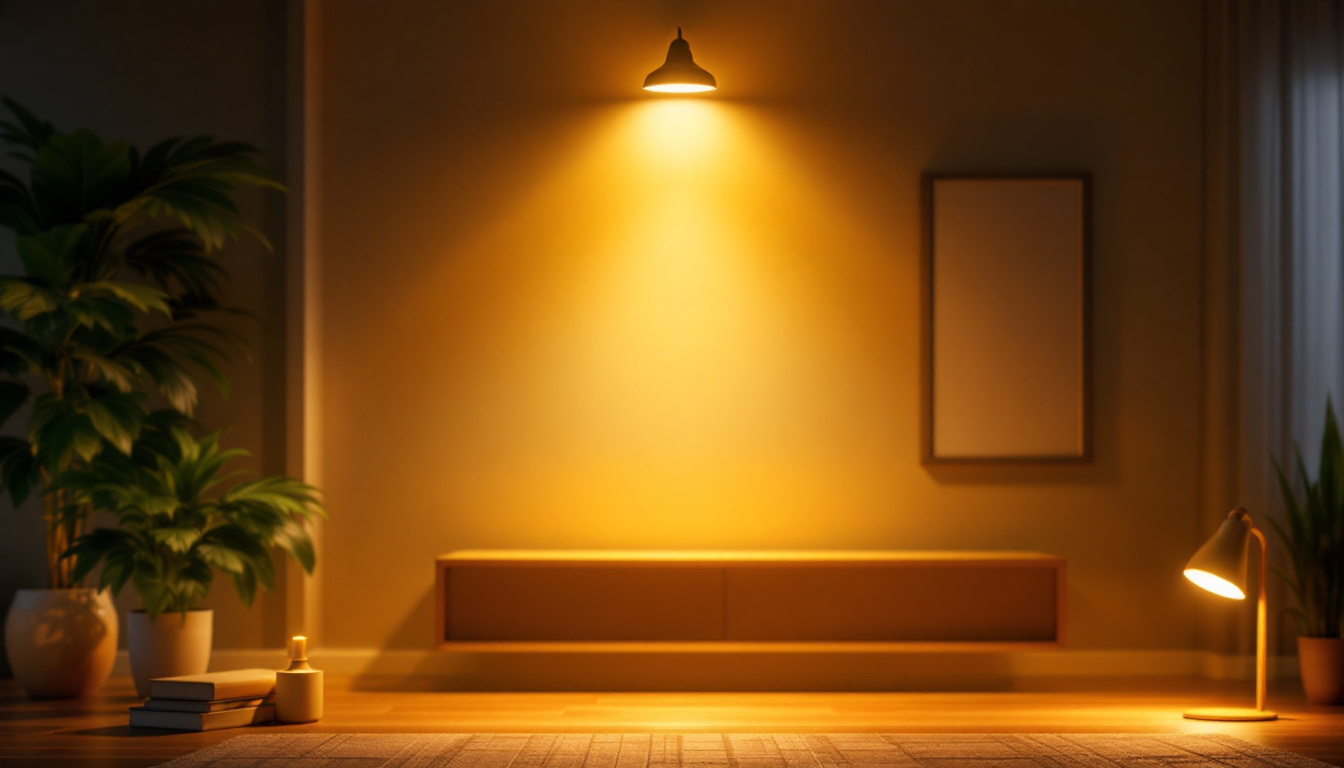
Small can lights, also known as recessed lighting or downlights, have become a staple in modern lighting design. These fixtures are designed to be installed into the ceiling, providing a clean and unobtrusive look while delivering effective illumination. Their versatility makes them suitable for various applications, from residential spaces to commercial environments.
One of the primary advantages of small can lights is their ability to blend seamlessly with the architecture of a room. Unlike traditional light fixtures that hang down and occupy visual space, can lights are installed flush with the ceiling, creating an illusion of height and openness. This characteristic is particularly beneficial in spaces with low ceilings, where maintaining an airy atmosphere is essential. Furthermore, their discreet installation allows for a more streamlined aesthetic, which can enhance the overall design of a room, making it feel more contemporary and sophisticated.
In addition to their aesthetic benefits, small can lights can also be strategically placed to enhance the functionality of a space. For example, they can be used to highlight artwork, illuminate work areas in kitchens or offices, or create ambient lighting in living rooms and bedrooms. By adjusting the placement and angle of the fixtures, homeowners and designers can achieve a variety of lighting effects, from focused task lighting to soft, diffused illumination that sets a relaxing mood.
When it comes to small can lights, there are several types to consider, each offering unique benefits. The most common types include incandescent, LED, and fluorescent can lights. Incandescent lights provide a warm glow and are often favored for their color rendering capabilities; however, they are less energy-efficient compared to their LED counterparts.
LED can lights have gained immense popularity due to their energy efficiency and long lifespan. They consume significantly less power than incandescent and fluorescent options while providing the same or even superior light output. Additionally, LED technology offers a range of color temperatures, allowing for customization based on the desired ambiance of a space. This flexibility means that homeowners can choose cooler tones for task-oriented areas like kitchens or warmer tones for cozy living spaces, tailoring the lighting to suit their lifestyle and preferences.
Fluorescent can lights, while less common in residential settings, are still utilized in commercial applications. They are energy-efficient and provide a bright, even light, making them suitable for larger spaces. However, they may not offer the same aesthetic appeal as LED or incandescent options. Moreover, advancements in fluorescent technology have led to the development of compact fluorescent lamps (CFLs) that can fit into smaller can light housings, providing an alternative for those looking to balance energy efficiency with a lower initial cost. Each type of small can light has its place in lighting design, and understanding their characteristics can help in making informed decisions for any project.
Small can lights offer numerous benefits that make them an attractive choice for both contractors and homeowners. Their ability to provide focused lighting makes them ideal for task lighting in kitchens, bathrooms, and workspaces. By strategically placing these fixtures, contractors can enhance visibility and functionality in critical areas.
Another significant advantage is the flexibility in design. Small can lights can be used to create layered lighting effects, combining ambient, task, and accent lighting. This versatility allows for a more dynamic and visually appealing environment, catering to various activities and moods.
Energy efficiency is a crucial consideration for any lighting project. Small can lights, particularly those utilizing LED technology, consume far less energy than traditional lighting options. This not only reduces electricity bills but also contributes to a more sustainable environment. By opting for energy-efficient fixtures, contractors can help their clients make environmentally conscious choices.
Moreover, many LED can lights come with dimming capabilities, allowing users to adjust the brightness according to their needs. This feature not only enhances comfort but also further reduces energy consumption when full brightness is not required.
The sleek design of small can lights allows for a minimalist aesthetic that can elevate the overall look of a space. They can be used to highlight architectural features, artwork, or specific areas within a room. By strategically placing these fixtures, contractors can create focal points that draw the eye and enhance the visual appeal of any environment.
In addition, the ability to choose different trim styles and finishes allows for further customization. Whether the goal is to achieve a modern, industrial, or traditional look, small can lights can be tailored to fit the desired design scheme.
To maximize the efficiency of small can lights, careful planning and consideration during installation are essential. Factors such as placement, wattage, and the type of bulb used will significantly impact the overall effectiveness of the lighting scheme.
Placement is one of the most critical aspects of optimizing small can lights. Properly positioning these fixtures can dramatically improve the quality of light in a space. For instance, in kitchens, placing can lights above work areas like countertops and islands ensures adequate illumination for cooking and food preparation.
In living spaces, a combination of can lights and other light sources can create a balanced lighting scheme. For example, using small can lights in conjunction with floor lamps or wall sconces can provide layered lighting that enhances both functionality and ambiance.
Choosing the appropriate wattage for small can lights is vital for achieving the desired brightness without wasting energy. It is essential to consider the size of the room and the height of the ceiling when determining wattage. A general rule of thumb is to use 50 lumens per square foot for ambient lighting, but this can vary based on personal preferences and the specific use of the space.
Additionally, selecting LED bulbs with adjustable brightness can provide further flexibility. This allows users to customize the light output based on the time of day or the activity being performed, enhancing both comfort and efficiency.
Even experienced contractors can make mistakes when installing small can lights. Being aware of common pitfalls can help ensure a successful lighting project that meets client expectations.
One common mistake is failing to consider the height of the ceiling when installing small can lights. In rooms with low ceilings, recessed lights should be spaced closer together to avoid creating dark spots. Conversely, in rooms with high ceilings, fixtures can be spaced further apart to ensure even light distribution.
Additionally, the depth of the can light housing should be appropriate for the ceiling height. Shallow cans may not provide enough light for taller spaces, while deeper cans can create an overwhelming effect in low ceilings.
Many contractors overlook the benefits of incorporating dimming options into small can light installations. Dimmers allow users to adjust the brightness of the lights, providing flexibility for different activities and moods. For example, a brighter setting may be preferred for cooking, while a softer glow may be more suitable for entertaining guests.
Installing dimmers can also enhance energy efficiency, as users can reduce the brightness when full illumination is not needed. This simple addition can significantly improve the overall functionality of the lighting scheme.
To ensure small can lights continue to operate efficiently, regular maintenance and upkeep are essential. This includes cleaning the fixtures, checking for any signs of wear or damage, and replacing bulbs as needed.
Dust and debris can accumulate on small can lights over time, diminishing their brightness and overall effectiveness. Regularly cleaning the fixtures with a soft cloth or duster can help maintain optimal light output. It is advisable to turn off the lights and allow them to cool before cleaning to avoid any risk of burns.
In addition to the fixtures themselves, the surrounding areas should also be kept clean. Dusty ceilings or walls can reflect light poorly, reducing the overall effectiveness of the lighting. A thorough cleaning routine can help maintain a bright and inviting atmosphere.
As lighting technology continues to evolve, upgrading small can lights to newer models can enhance efficiency and performance. For instance, replacing older incandescent or fluorescent fixtures with LED options can result in significant energy savings and improved light quality.
Furthermore, advancements in smart lighting technology offer exciting possibilities for controlling and customizing lighting schemes. Incorporating smart can lights that can be controlled via mobile devices or voice commands can provide added convenience and flexibility for users.
Small can lights are an invaluable tool for lighting contractors seeking to create efficient and aesthetically pleasing environments. By understanding the various types of fixtures, their benefits, and how to optimize their use, contractors can deliver exceptional results that meet client expectations.
From strategic placement and wattage selection to avoiding common pitfalls and ensuring proper maintenance, every aspect of small can light installation plays a crucial role in achieving maximum efficiency. By staying informed about the latest technology and trends in lighting, contractors can continue to provide innovative solutions that enhance the quality of life for their clients.
Ultimately, the goal is to create spaces that are not only well-lit but also comfortable and inviting. With careful planning and execution, small can lights can transform any environment into a beautifully illuminated haven.
Ready to elevate your lighting projects with the efficiency and elegance of small can lights? At LumenWholesale, we provide contractors with the highest quality, spec-grade lighting solutions at prices that can’t be beaten. Say goodbye to local distributor markups and hello to our extensive selection of premium lighting products. With free shipping on bulk orders, you can trust that you’re getting the best value without any hidden costs. Make your next project shine with the perfect combination of quality, affordability, and convenience. Discover the difference at Wholesale Lighting at the Best Value today.

Explore expert strategies and innovative techniques in lighting design with our comprehensive guide for lighting contractors.
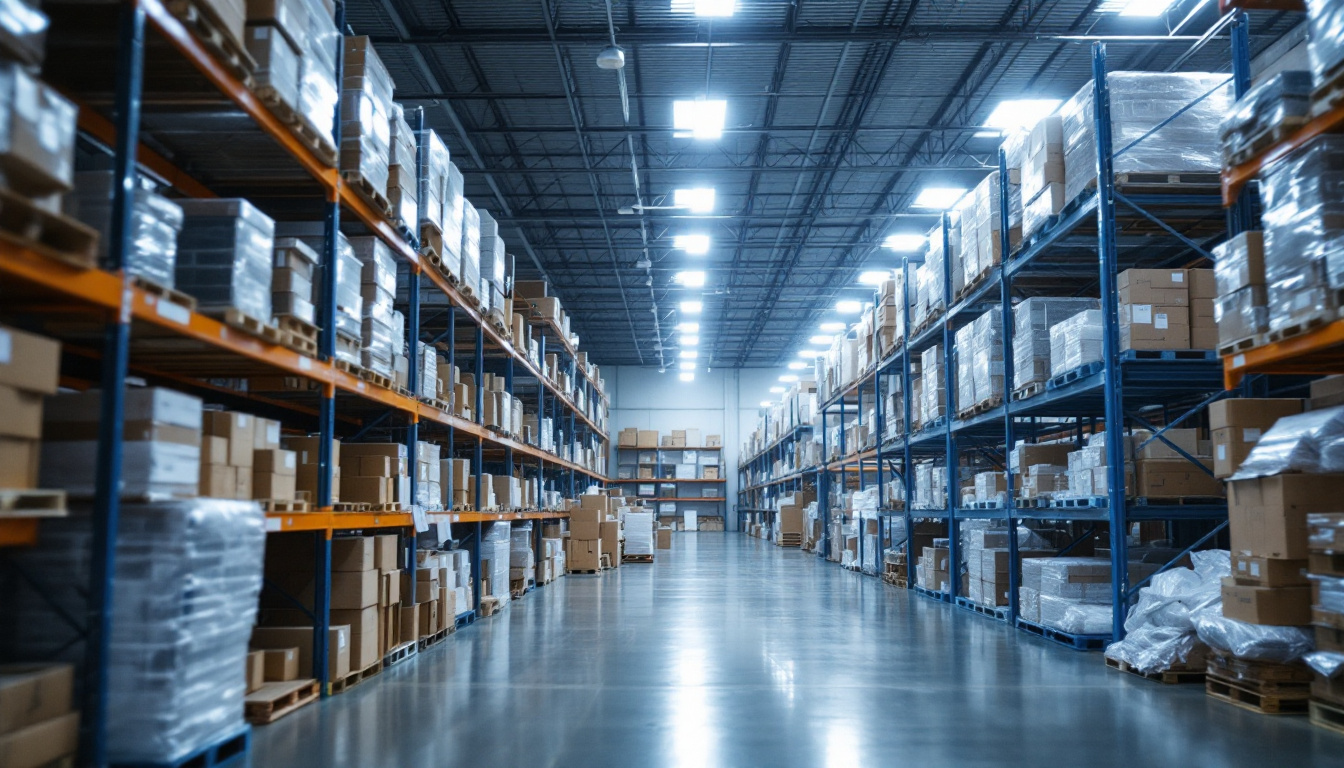
Discover why purchasing high bay retrofits in bulk from local distributors might not be your best bet.
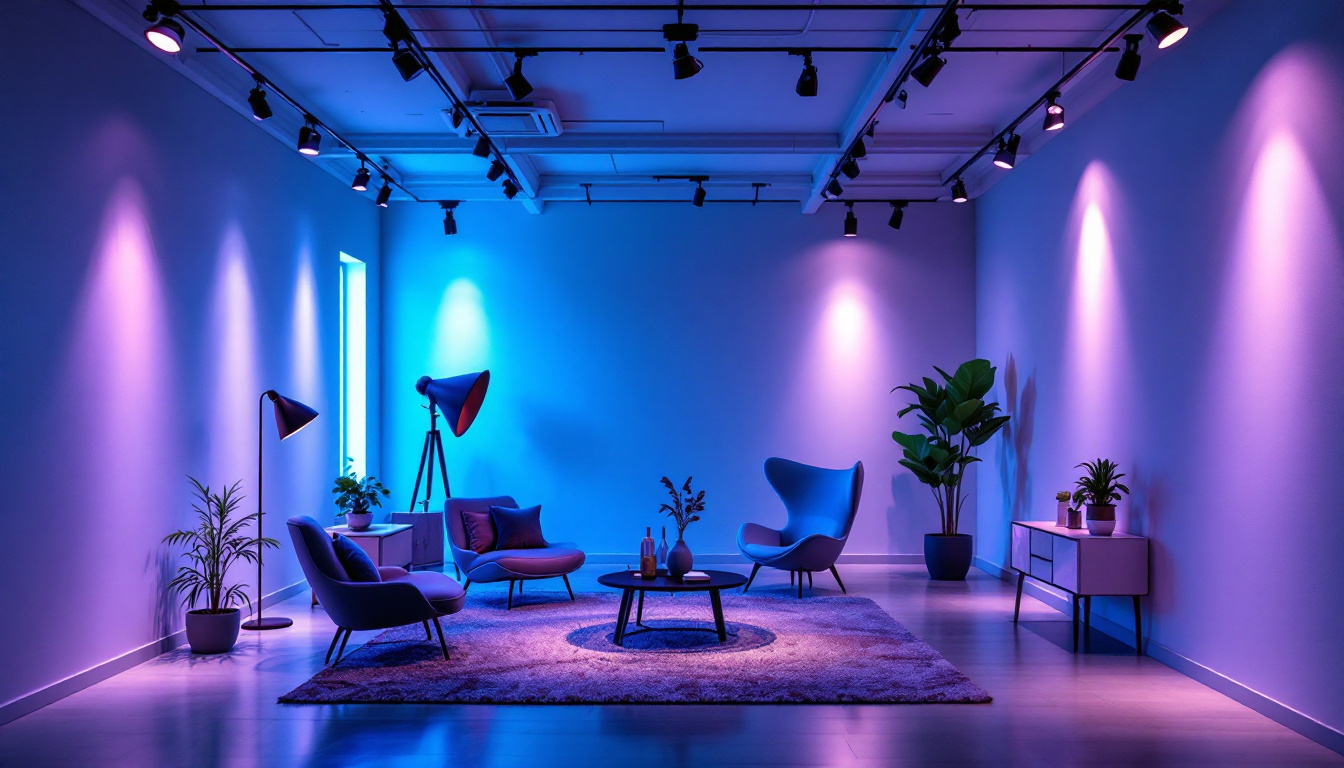
Discover the essential insights lighting contractors need to master track lighting installations.
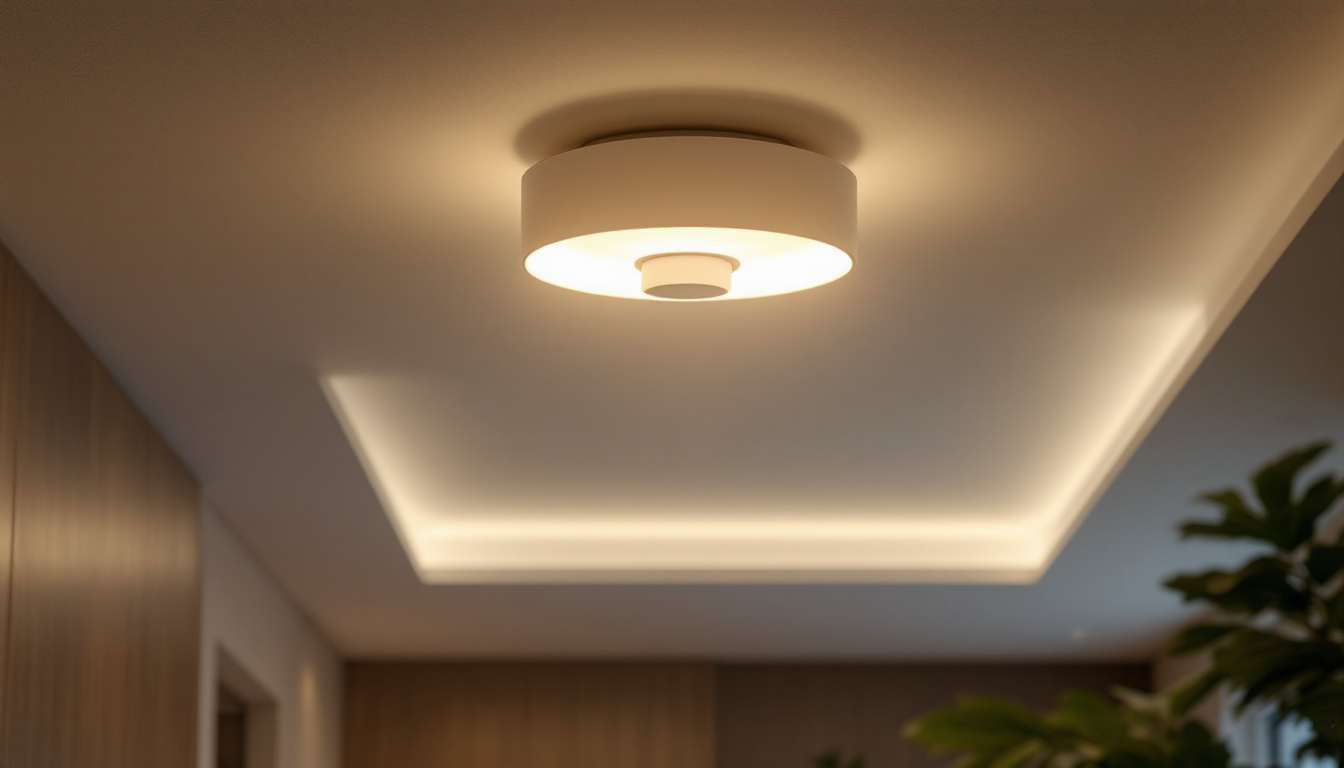
Discover essential insights into ceiling light fixtures with our comprehensive lighting contractors’ checklist.
Get notified when NEW deals are released.
Optimize your budget with wholesale discounts.
Only top-quality, specification-grade lighting products.
No additional costs at checkout - what you see is what you pay.
We understand the unique needs of contractors.